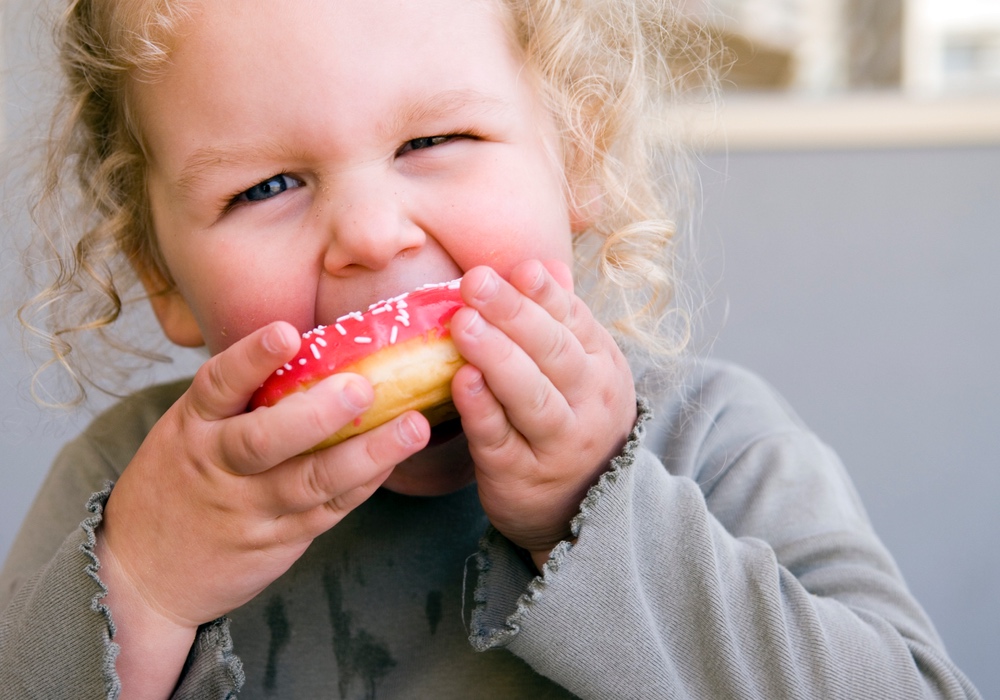It is not uncommon for parents or caregivers to offer young children food when they are upset. Sometimes, in fact, children's upset is a sign of hunger. But using food to soothe kids' emotions can lead to emotional eating — eating that is more in response to negative mood than to hunger.
Many people turn to food in times of distress and this can contribute to their becoming overweight or obese. Parents who use food this way themselves may be especially likely to do this with their children as well.
A recent Norwegian study looked at some of the things that can contribute to emotional eating: how parents feed their children; feeding behaviors; children's temperaments; and parents' and children's interactions around eating.Using food to soothe children can quickly start a vicious cycle.
To see if parents' use of food to ease children's emotions and emotional behavior were reinforced over time, the researchers started with a group of 4-year-olds and reassessed them at ages 6, 8 and 10 years. They suspected that parents' use of food to calm children — emotional feeding — would increase emotional eating behaviors in the children, and that if parents found emotional feeding worked when a child was young, they would be likely to increase their tendency to use food to deal with emotions later on.
The study also wanted to see if children who had difficult temperaments and poor self-regulation were more likely to receive emotional feeding and be at greater risk for emotional eating.
Researchers had parents fill out questionnaires measuring eating behavior, feeding practices, child behavior and temperament throughout the study. They found that emotional feeding reinforced emotional eating and, ultimately, overeating.
Emotional eating has its roots in parent feeding behaviors as well as children's temperaments. When parents use food to calm a child and find he or she is soothed by food, they are more likely to continue that practice. And they are especially likely to do this with children who are easily upset.Parents often use food as a solution when their children are unhappy; and if it seems to work, they keep on using it. Find other ways to soothe your children that don't involve food.
Unfortunately, using food to calm kids is a reinforcing behavior that both parents and kids too quickly come to rely on. It robs children of the chance to learn to regulate their own emotions, and it sets kids up to overeat throughout life.
Parents need to know that using food to soothe children can quickly start a vicious cycle. This is particularly true for children who have difficulty regulating their moods and their behavior. They especially need to be helped to find external soothing strategies more often than their even-keeled peers.
The study is published in Child Development.





